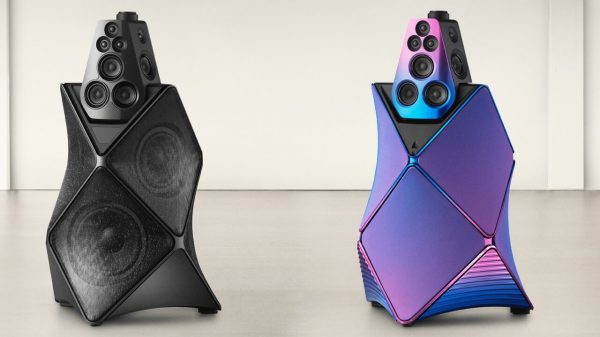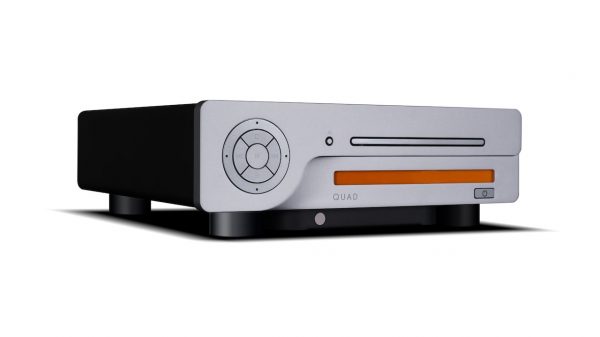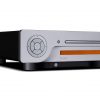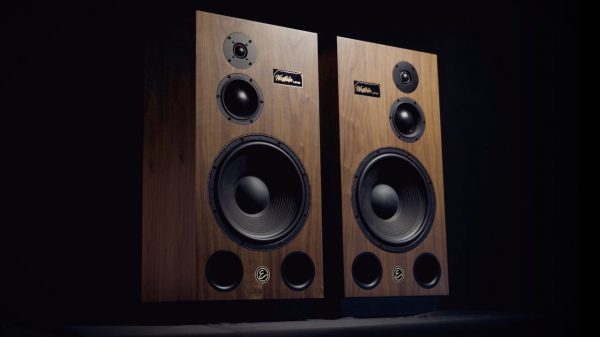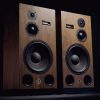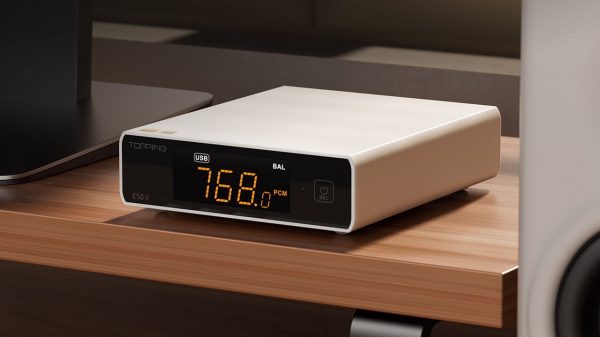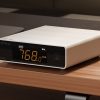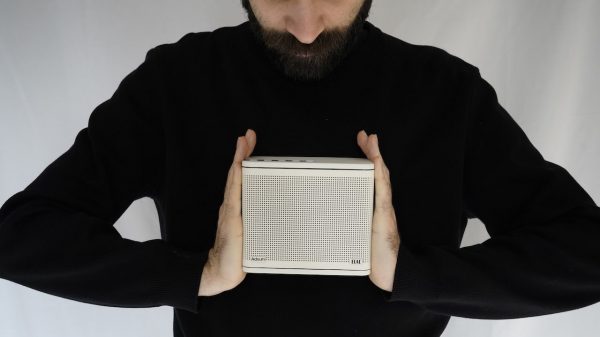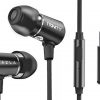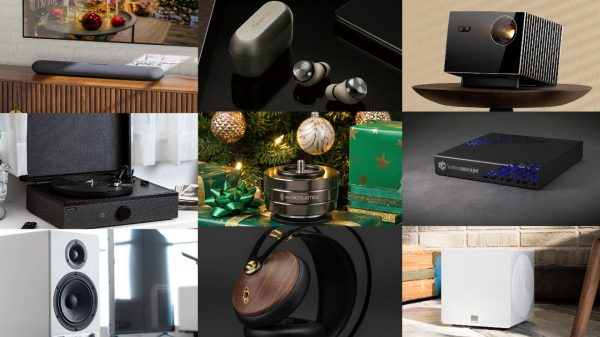Only 12 Percent of TV Sets Used To Receive Over-the-Air Programming
Arlington, Virginia, 6/8/2005 — Only 33.6 million (12 percent) of the 285 million television sets in use in the United States are used to view over-the-air television (OTA) programming, according to new data released today by the Consumer Electronics Association (CEA). The study also found that approximately ten percent of all TVs in U.S. households are used exclusively for an activity other than viewing broadcast television programming (such as viewing DVDs, playing videogames, etc.). Further, more than a quarter of households that rely only on OTA broadcasts to receive television programming have at least one TV in the home used exclusively for an activity other than viewing broadcast television.
CEA issued its data in a letter delivered yesterday to the leadership of the Senate and House Commerce Committees. The association provided the information to assist the Committees in “their deliberations on how to ensure the needs of all Americans are addressed when analog broadcasting ceases.” The House Commerce Committee is preparing to consider legislation currently under development by Commerce Committee Chairman Joe Barton (R-TX) that will set a hard cut-off date for analog broadcasts. The Senate Commerce Committee is poised to release draft digital television legislation later this month.
“This letter provides specific data on ownership and usage of TV sets in American homes,” wrote CEA President and CEO Gary Shapiro. “We provide this data to arm you with the facts to quantify the likely costs of various policy alternatives regarding the end of analog broadcasting.”
CEA’s calculations are based partially on information from Nielsen Media Research, which shows there are 109.7 million U.S. television households, each owning an average of 2.6 televisions. CEA employed the firm of Opinion Research Corporation and explored how each of the 285 million television sets is used. The study found that only 5.2 million (3 percent) of TVs in households subscribing to cable are not connected to cable service. Of these, approximately 474,000 are used exclusively to view something other than television programming, leaving 4.7 million TVs (less than 3 percent) in these households used for viewing OTA television. Just over seven million (9.8 percent) of the 71 million TVs in satellite households are used for viewing OTA broadcasts while only 200,000 of the 3.46 million TVs in households subscribing to both cable and satellite are used for OTA viewing.
“Clearly, the vast majority of TVs in the United States are not used to view over-the-air television and we can presume that these numbers will diminish as more and more Americans subscribe to pay TV services, including coming technologies such as TV-over-IP, via telephony and even powerline,” said Shapiro. “More than 88 percent of today’s TVs are connected to cable or satellite service or are used to play videogames, watch pre-recorded content or some other non-broadcast television function.”
Of total TV households, the survey found that 65.7 million (60 percent) subscribe to cable, 26 million (24 percent) subscribe to digital satellite and 2.7 million (2 percent) subscribe to both. Another 2.1 million households (2 percent) report that they do not subscribe to a pay TV service nor use an antenna to receive over-the-air television.
“The finding that approximately 86 percent of American homes receive cable, satellite or both mirrors the results of three separate CEA consumer studies conducted over the past several years and is further supported by hard subscriber data from the National Cable Television Association, Echostar and DirecTV,” wrote Shapiro. “Similar results have been reached by others including the Federal Communications Commission, Nielsen Media Research and the Analysis Group.”
In the letter, Shapiro underscored the veracity of CEA’s research, noting that the association has more than 80 years of experience in exploring how Americans utilize consumer electronics and is widely recognized for its integrity, as well as a long and unbroken record of accuracy. He also offered to provide the Committee with CEA’s complete survey documents and to further analyze the data in any way that would be helpful to its work.
The CEA survey was fielded by Opinion Research Corporation, a Princeton, N.J. market research company. It used a telephone survey conducted among a national probability sample of 1,057 adults comprising 533 men and 524 women 18 years of age and older, living in private households in the continental United States. The survey used random digital dialing and was completed during the period May 13 – 16, 2005. The margin of error for the aggregate results is +/- 3 percentage points.
About CEA:
The Consumer Electronics Association (CEA) is the preeminent trade association promoting growth in the consumer technology industry through technology policy, events, research, promotion and the fostering of business and strategic relationships. CEA represents more than 2,000 corporate members involved in the design, development, manufacturing, distribution and integration of audio, video, mobile electronics, wireless and landline communications, information technology, home networking, multimedia and accessory products, as well as related services that are sold through consumer channels. Combined, CEA’s members account for more than $121 billion in annual sales. CEA’s resources are available online at www.CE.org, the definitive source for information about the consumer electronics industry.
CEA also sponsors and manages the International CES – Defining Tomorrow’s Technology. All profits from CES are reinvested into industry services, including technical training and education, industry promotion, engineering standards development, market research and legislative advocacy.

